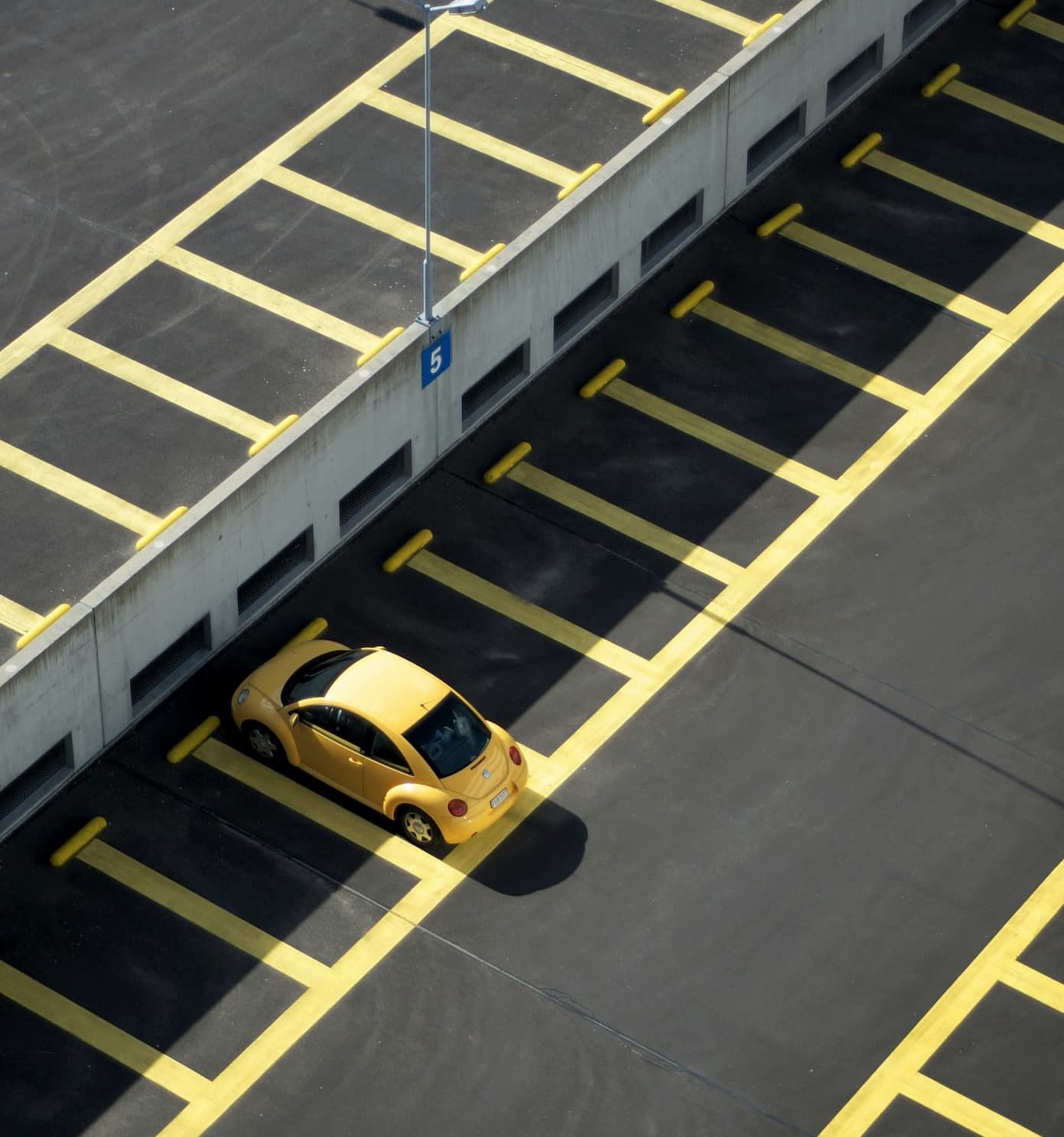Managing a car rental fleet means dealing with constant turnover, unpredictable renters, and the inevitable buildup of dirt, spills, and wear from daily use across diverse EU roads and weather. Fleet owners often share frustrations about interiors getting damaged quickly, leading to higher maintenance costs and downtime between rentals. As more companies look for efficient solutions, many are turning to custom EVA floor mats for car rental companies. These lightweight and durable car mats offer practical interior protection for rental car fleets, helping preserve vehicle value while simplifying upkeep. In this guide, we'll explore the shift, drawing from industry insights and driver feedback to show why they're becoming a go-to choice.
Challenges in managing rental car interiors
Rental cars see heavy action—passengers tracking in mud from rainy city streets, spills from on-the-go snacks, or grit from weekend getaways. Standard factory mats or cheap textile options absorb moisture but trap odours and mould, requiring deep cleans that eat into profits. Rubber alternatives hold up better but can be heavy, slippery when wet, and emit smells over time, as noted in fleet operator discussions. Without proper car fleet interior protection, resale values drop, and customer complaints rise about unclean vehicles. For businesses handling dozens or hundreds of cars, these issues add up, prompting a search for durable mats for rental cars that balance cost, performance, and ease.
Key benefits of EVA car mats for rental cars
Car mats made from EVA material address these pain points directly with features tailored for high-traffic use. Their cellular structure—often honeycomb or diamond patterns—collects dirt and water inside without letting it spread, keeping shoes clean and floors dry. This waterproof EVA design prevents rust and corrosion, crucial in variable climates where rain or snow is common.
From what we've seen in customer feedback, the lightweight build makes them easy to remove and reinstall, reducing labour time for staff. They're also odourless from the start, unlike rubber that can off-gas, ensuring a fresh cabin for the next renter. Non-slip mats for rental cars add safety, with reinforced heel pads and secure fittings like Velcro or original fasteners to prevent shifting during drives. Durability stands out too; EVA resists temperature fluctuations from -50°C to +50°C without cracking, offering a lifespan of 3-5 years even in busy fleets. For eco-conscious operators, the recyclable, non-toxic material aligns with sustainable practices, a growing priority in the EU market.
Custom EVA mats vs rubber mats for rental cars
When evaluating options, fleet owners often compare EVA to traditional rubber, the long-time standard for rental car floor mats. Custom fit EVA mats provide a tailored edge, hugging vehicle contours for full coverage without gaps. Here's a side-by-side look based on real-world performance and testing data:
|
Material |
Durability |
Cleaning Ease |
Weight |
Cost Over Time |
Other Notes |
|
Rubber |
High resistance to tears; lasts 2-3 years in heavy use. |
Wipes clean but heavy to handle; may spill when removed. |
Heavier, adding to fuel use in large fleets. |
Lower upfront but frequent replacements add up. |
Can become slippery wet; initial odours common. |
|
EVA |
Excellent longevity, 3-5 years; anti-abrasion options available. |
Quick shake or rinse; dirt stays trapped in cells. |
Ultra-lightweight, easier for staff to manage. |
Higher initial but saves on labour and longevity. |
Odourless, eco-friendly; custom colours for branding. |
EVA frequently stands out for fleet operations due to its ability to minimise downtime and maintenance costs, a point reinforced in comparative reviews between materials.
How EVA floor mats reduce cleaning costs in car rentals

One of the biggest draws is how mats from EVA cut cleaning time and expenses. Traditional mats require vacuuming or scrubbing to extract embedded dirt, but EVA's design lets debris fall into cells for easy removal—a simple hose-down or shake suffices. This means less time in the wash bay and quicker turnaround for vehicles, boosting rental availability. Fleet managers report savings of up to 30% on cleaning labour, based on industry benchmarks, while the mats' resistance to stains keeps interiors looking new longer.
For example, a car rental company upgraded their fleet to anti-abrasion EVA floor mats and saw immediate improvements in durability and upkeep, reducing complaints about worn floors. In electric vehicle rentals, where preserving battery efficiency matters, the lightweight nature helps maintain range without adding unnecessary weight.
Tips for choosing and maintaining EVA car mats for your fleet
Start by assessing your fleet's needs—opt for custom mats for rental cars to ensure a perfect fit across models, preventing slips or gaps. Look for easy to clean EVA car mats with reinforced edges for extra strength in high-wear areas. For maintenance, a weekly rinse and occasional antibacterial spray keep them fresh; store spares for quick swaps.
If your operation includes ride-sharing or taxis, similar principles apply—check out our guide on Car mats for taxi and ride-sharing drivers for more insights. For growing electric fleets, explore options in Best floor mats for electric vehicles to protect sensitive interiors.
FAQ
Why are car rental companies choosing EVA over other materials?
EVA offers a mix of durability, easy cleaning, and lightweight design that reduces costs and downtime, making it ideal for high-turnover fleets compared to heavier rubber or absorbent textiles.
How long do EVA floor mats last in rental cars?
Typically 3-5 years with proper care, even under heavy use, outlasting rubber by up to two years in many cases.
Do custom EVA floor mats fit all vehicle types in a fleet?
Yes, they're made to measure for specific models, ensuring secure coverage for everything from compact cars to SUVs in your rental fleet.

